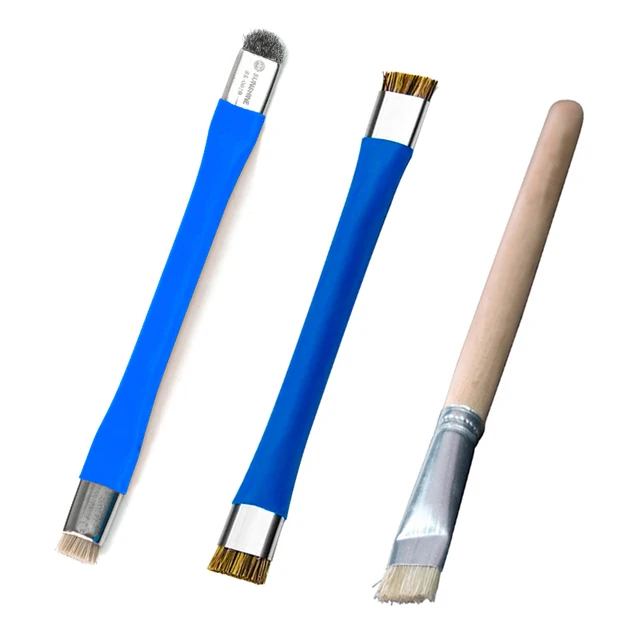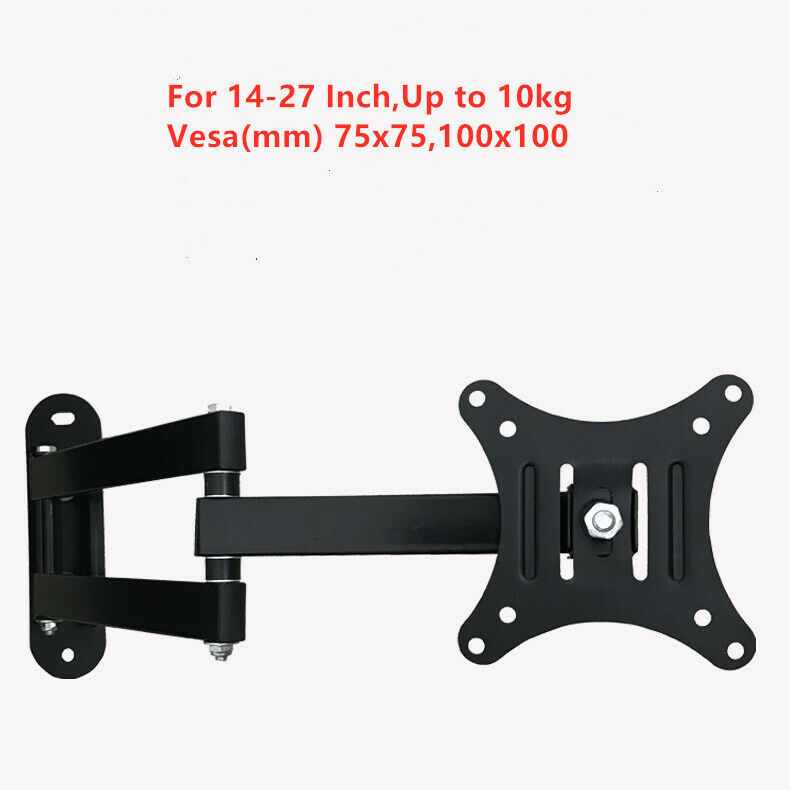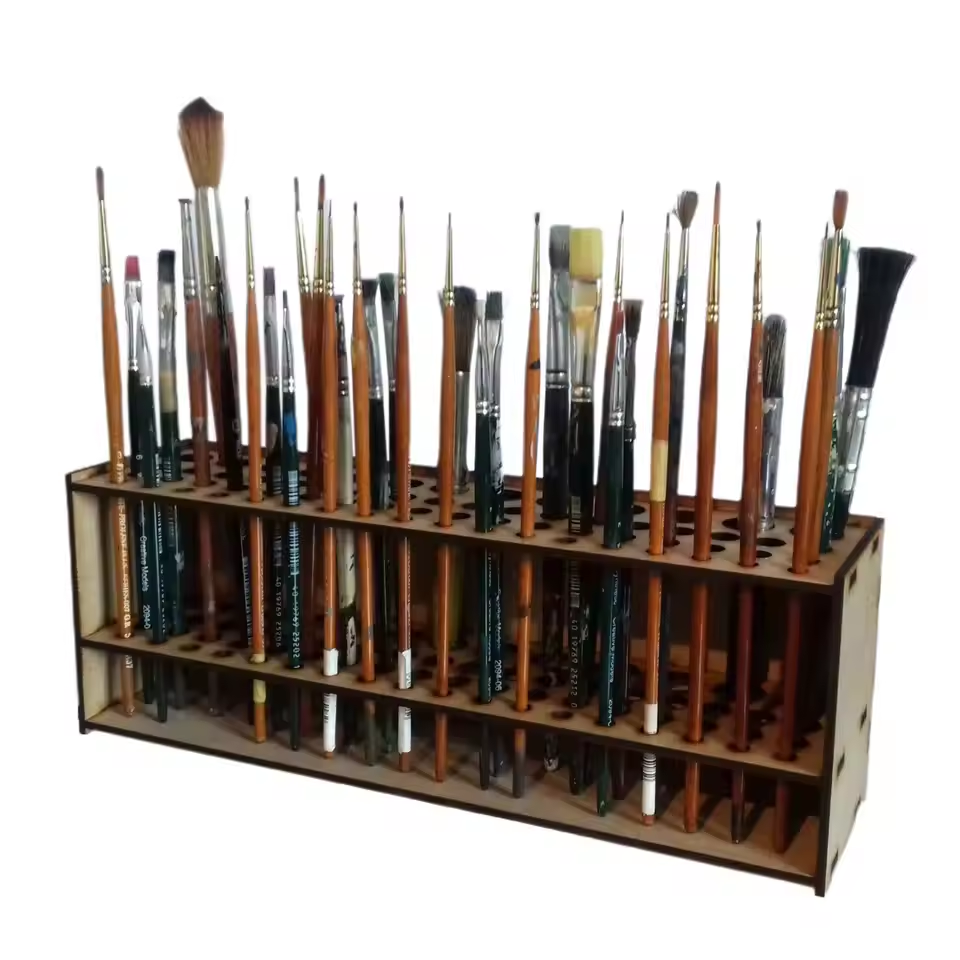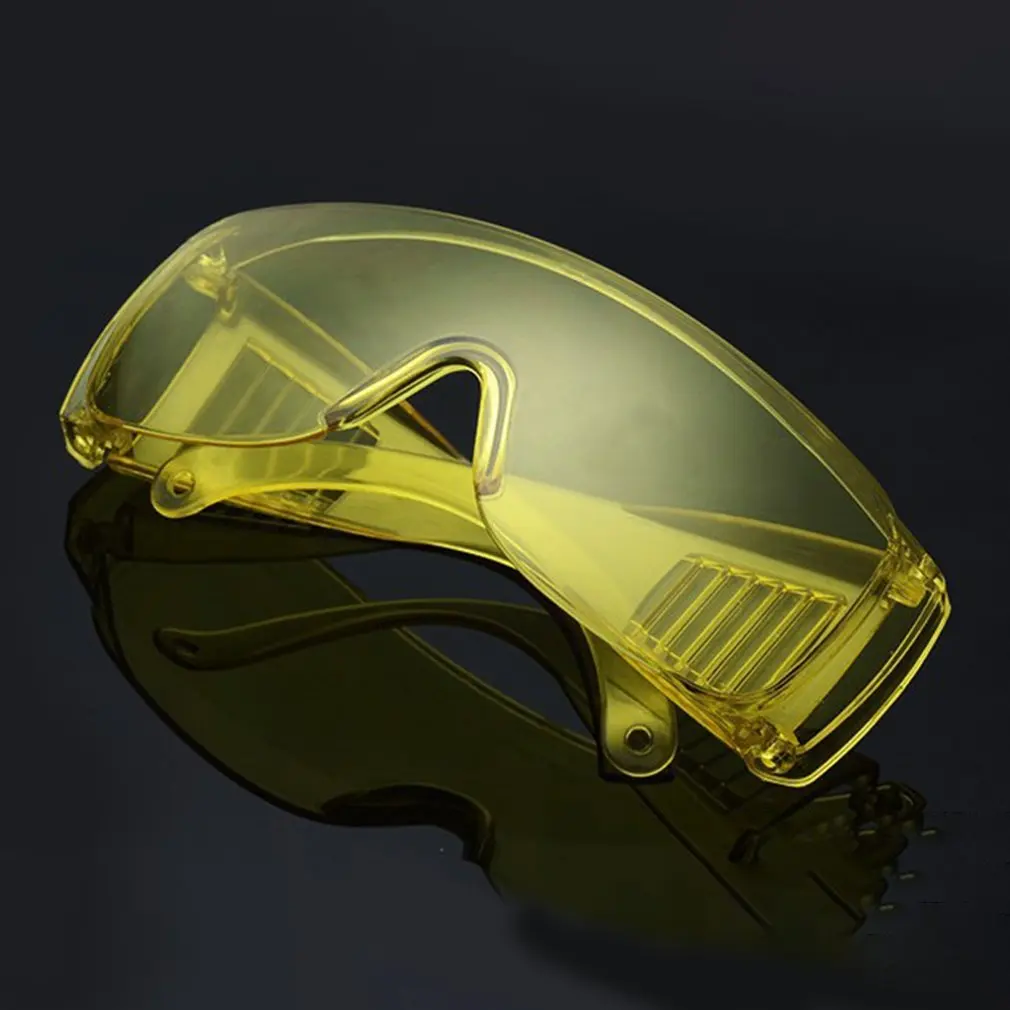I have a new post on Hackaday: How The TI-99/4A Home Computer Worked.
Category Archives: Video
4-bit Single Board Computer Based On The Intel 4004 Microprocessor
I have a new post on Hackaday: 4-bit Single Board Computer Based On The Intel 4004 Microprocessor.
Intro Project Fix from Jason Jacques | Project 1/30 | Maxitronix 30in1 | In The Lab With Jay Jay
This post is part of my video blog and you can find more information about this video.
You can support this channel on Patreon: patreon.com/JohnElliotV
Silly Job Title: Phase Pharaoh. I am the Phase Pharaoh!
In this video we revise Project 1 of our Maxitronix 30in1 by incorporating some feedback received from fellow YouTuber Jason Jacques. Thanks Jason!
Will will pick up at Project 2 next week.
Thanks very much for watching! And please remember to hit like and subscribe! :)
Following is a product I use picked at random from my collection which may appear in my videos. Clicking through on this to find and click on the green affiliate links before purchasing from eBay or AliExpress is a great way to support the channel at no cost to you. Thanks!
SUNSHINE Hard Brush Set notes notes |
Let’s go shopping!
Electronics Project #17: Making Power Cable for TENMA Bench Power Supply | In The Lab With Jay Jay
This post is part of my video blog and you can find more information about this video.
You can support this channel on Patreon: patreon.com/JohnElliotV
Silly Job Title: Circuit Sorcerer. I am the Circuit Sorcerer!
In this video we make a cable for connecting the TENMA power supply in the booth to a power outlet on the bench. We use 4mm banana plugs for the TENMA connection and output to a female DC barrel jack on the bench. The wire is scrap speaker wire I had hanging on my pegboard, it was plenty long enough. In fact I had to coil up the wire and zip tie it under the bench. Hopefully the coil doesn’t induce any currents!
We use the METCAL PS-900 Soldering Station for soldering.
We use the Horusdy Soldering Station with Hot Air Gun to shrink our heat shrink.
We use the MUIN Solder Fume Extractor for fume extraction.
We use the Tenma 72-10505 Bench Power Supply to deliver power for testing.
We use the EEVblog BM2257 Digital Multimeter to test the cable with a voltage test.
We use the Brother P-Touch D210 Label Maker to label our new power cable.
We use the Bysameyee Head-Mounted Magnifier for illumination while under the bench installing the cable.
We use the Scotch Titanium Scissors for cutting the heat shrink.
We use the Plato Model 170 Wire Cutter for wire cutting.
We use the Kaisi S-160 45x30cm Repair Mat as our workspace.
Thanks very much for watching! And please remember to hit like and subscribe! :)
Following is a product I use picked at random from my collection which may appear in my videos. Clicking through on this to find and click on the green affiliate links before purchasing from eBay or AliExpress is a great way to support the channel at no cost to you. Thanks!
3ELIGHTING 14″-27″ With 2 Arms VESA Wall Mount |
Let’s go shopping!
The Magic Of The Hall Effect Sensor
I have a new post on Hackaday: The Magic Of The Hall Effect Sensor.
Learning the Art of Electronics: Fig-1N.26: VOM reading departs from ideal; measuring Rin | In The Lab
This post is part of my video blog and you can find more information about this video over here.
You can support this channel on Patreon: patreon.com/JohnElliotV
Silly Job Title: Volt Vanguard. I am the Volt Vanguard!
In this video we keep on working through Learning the Art of Electronics chapter 1N DC Circuits. Today’s circuits are from Figure 1N.25: Set of similar voltage dividers: same Vthev, differing Rthev and Figure 1N.26: VOM reading departs from ideal; we can infer Rin-VOM.
We use the Riden RD6006 Bench Power Supply to provide power for our test circuits.
We use the Pro’sKit MT-2207-C Analog Multimeter to measure voltage with an analog meter.
We use the Sharp EL-546L Scientific Calculator to calculate some figures.
We use the Multicomp Pro MP701033 Resistor Decade Box to provide various resistances for our circuits.
We use the WilliamKlein Music Stand to hold the book so we can clear some space on the bench.
We use the Carpenter Mechanical Pencil to make our notes.
We use the Kaisi S-160 45x30cm Repair Mat to use as our workspace.
Thanks very much for watching! And please remember to hit like and subscribe! :)
Following is a product I use picked at random from my collection which may appear in my videos. Clicking through on this to find and click on the green affiliate links before purchasing from eBay or AliExpress is a great way to support the channel at no cost to you. Thanks!
Yum Cha 67 Holes Brush Holder |
Let’s go shopping!
How To Use The AT24C32 EEPROM For 4KB External Memory For Microcontrollers
I have a new post on Hackaday: How To Use The AT24C32 EEPROM For 4KB External Memory For Microcontrollers.
Unboxing #27: Unboxing UGREEN Uno USB-C Hub | Learning Electronics In The Lab With Jay Jay
This post is part of my video blog and you can find more information about this video over here.
You can support this channel on Patreon: patreon.com/JohnElliotV
Silly Job Title: Bench Master. I am the Bench Master!
In this video we unbox an UGREEN Uno USB C Hub, 6-in-1 Type C Adapter with 4K@60Hz HDMI, 10Gbps 2×USB C& A 3.2 Data Ports, 100W Power Delivery for PC, Laptops, Phone, MacBook Air, iPad Pro, Galaxy, iPhone 16/15 Series and More which arrived from Amazon.
Thanks very much for watching! And please remember to hit like and subscribe! :)
Following is a product I use picked at random from my collection which may appear in my videos. Clicking through on this to find and click on the green affiliate links before purchasing from eBay or AliExpress is a great way to support the channel at no cost to you. Thanks!
Oloey Safety Goggles notes notes |
Let’s go shopping!
More from Ali the Dazzling
Imaginary numbers aren’t imaginary and complex numbers aren’t complex.
